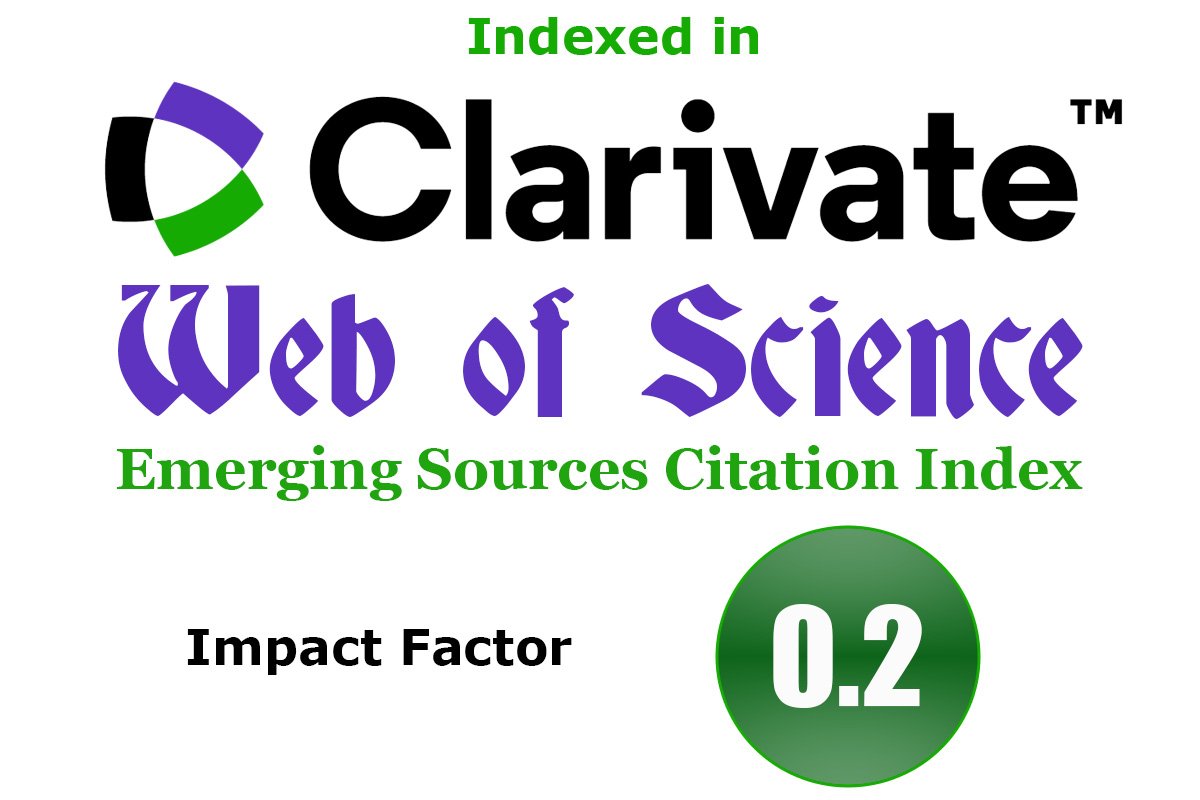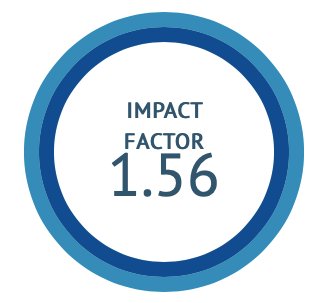Ayurvedic Management of a Third Degree Burn Wound in a Patient with Diabetes Mellitus - A Case Report
DOI:
https://doi.org/10.47552/ijam.v16i1.5162Keywords:
Burn wound, Dagdha Vrana, Dushta Vrana, Ayurveda, Diabetes Mellitus, Non healing woundAbstract
Burn injuries are the most agonizing, excruciating type of injuries causing disfigurement and disability in the victims. Such injuries need proper wound management care, and if the victim is diabetic the management and wound healing tends to get difficult and susceptible to infections. In Third degree burns the affected area is charred, parchment like, painless and insensitive, with thrombosis of superficial vessels. It requires grafting. A 60 year old female patient, known case of Diabetes Mellitus with large approximately 25%TBSA (Total Body Surface Area) burn wound sought Ayurvedic treatment. A non-healing wound can cause severe complications if left untreated, and it was recommended by her surgeon to undergo a skin grafting surgery. However, the patient was unwilling for it given her diabetic condition. The patient was treated with internal and external Ayurvedic medicines where significant wound healing was achieved in a span of 90 days. Treatment was aimed for Shodhana (Cleansing) and Ropana (Healing) of the wound and amelioration of vitiated Doshas (morbific diathesis) keeping in consideration the Prameha (Diabetic condition) of the patient. The study proves the efficacy of Ayurvedic treatment in managing a chronic non-healing, third degree burn wound in a diabetic patient without any complications. It infers that the Burn injuries can be treated with Ayurveda within the expected time period of wound healing.
Downloads
Published
How to Cite
Issue
Section
License
Copyright (c) 2025 International Journal of Ayurvedic Medicine

This work is licensed under a Creative Commons Attribution-NonCommercial-ShareAlike 4.0 International License.
The author hereby transfers, assigns, or conveys all copyright ownership to the International Journal of Ayurvedic Medicine (IJAM). By this transfer, the article becomes the property of the IJAM and may not be published elsewhere without written permission from the IJAM.
This transfer of copyright also implies transfer of rights for printed, electronic, microfilm, and facsimile publication. No royalty or other monetary compensation will be received for transferring the copyright of the article to the IJAM.
The IJAM, in turn, grants each author the right to republish the article in any book for which he or she is the author or editor, without paying royalties to the IJAM, subject to the express conditions that (a) the author notify IJAM in advance in writing of this republication and (b) a credit line attributes the original publication to IJAM.




